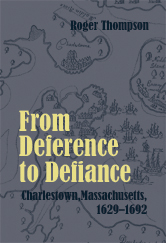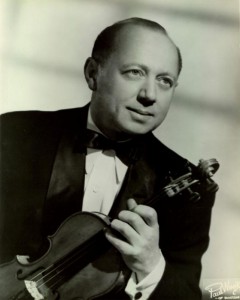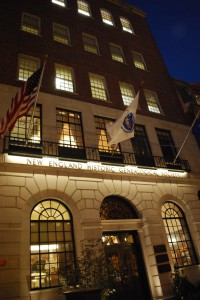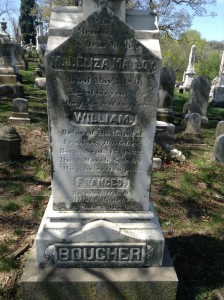
Patrilineage
One of my sisters recently asked me if we might be related to a friend of hers named Boucher, and I explained that we almost certainly were not, as the surname died out with our great-great-aunt Florence Estella Boucher (1879–1972). Our great-great-grandfather Boucher had eleven sons, only three of whom married. The youngest, Emile Gabriel Boucher (1886–1950), had no children, while the son of Louis Albert Boucher (1871–1914?) changed his first name and adopted his stepfather’s surname; only Francis Xavier Boucher (1854–1927) had Boucher sons, Milton and Edward, and only Milton married. I am unaware of any descendants of either brother. Continue reading Organizing a family reunion: Part Four






